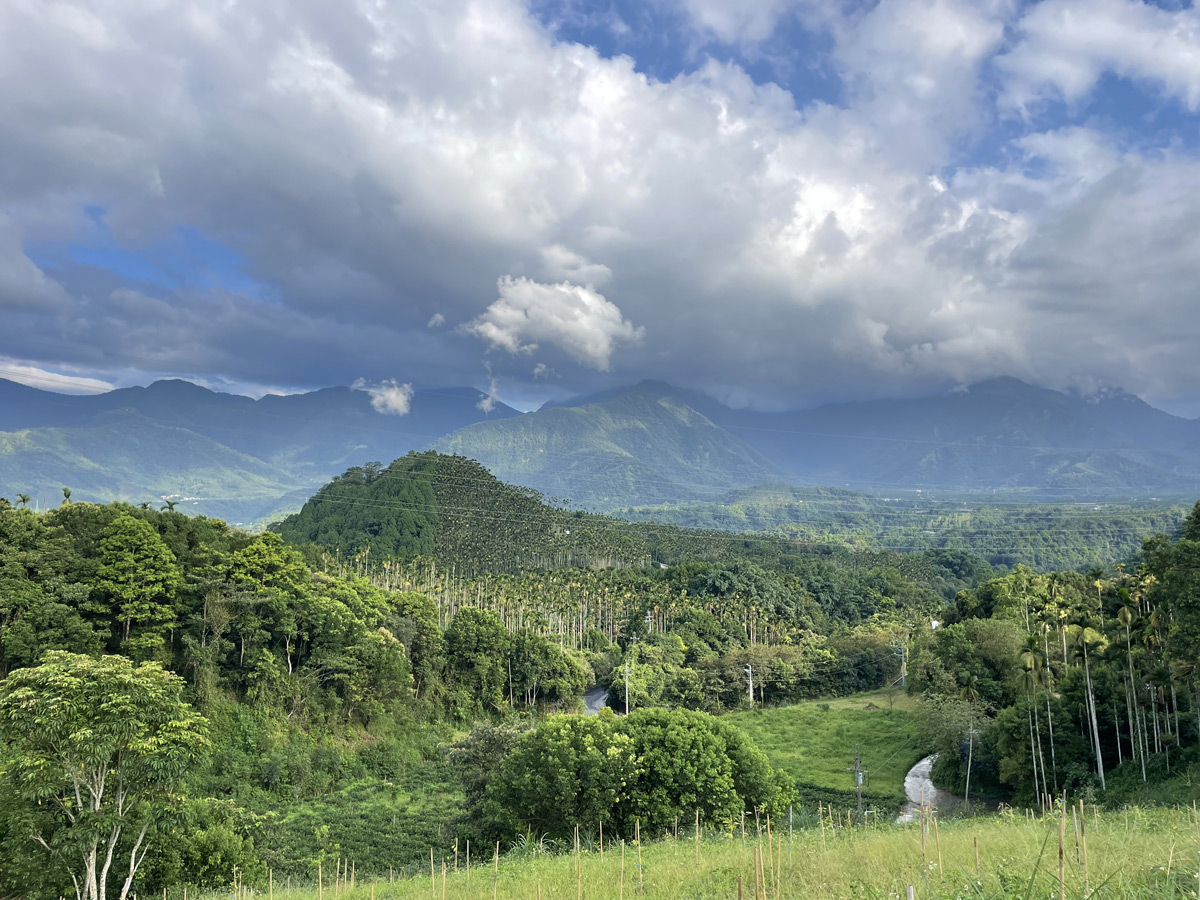
- Author: Mr Duan
- 10 Sep, 2024
No prophet is received in his own country
In the fall of 2009, I hosted a Czech designer couple who were introduced to me by a friend and wanted me to help them find tea all over Taiwan in the coming month. The Czech guy told me that he used to be a coffee drinker, but one time he drank Taiwan’s high mountain oolongs and was so enamored with them that he switched to tea and studied it obsessively. He even put a big map of Taiwan on the wall of his studio, labeling all the tea-producing regions. He told me that the unique flavor of Taiwan oolong is not comparable to other oolongs, and I realized that Taiwan oolong has already captured the hearts of many tea lovers in Europe.
How did Taiwan’s High Mountain Oolong become one of the world’s most famous world teas?
The Environment
It all starts with Taiwan’s unique geographical environment.
Taiwan’s geography is mountainous: more than 36,000 square kilometers of land, more than 3,000 meters above sea level, there are 269 mountains. Taiwan is just above the northern reversion line, the northern reversion line south of the tropics, north of the subtropics. With the steep rise of the mountains, the climate becomes warm temperate, temperate, cool temperate, cold temperate, subcooled, to an elevation of 3,500 meters, and into the freezing zone.
If you walk from an altitude of 1,800 meters to 2,500 meters, you can see all the forests in the northern temperate zone of the earth with a drop of only 700 meters, which can be said to be the most richly forested place in the world. The distance from the level of the Pacific Ocean to Mount Jade (玉山), the highest peak in Northeast Asia at nearly 4,000 meters (3952m to be precise), is only 50 kilometers!
The Foggy Zone
It is difficult to find another such a place in the world. The forests in Taiwan are so varied that between 1,500 meters above sea level and 2,500 meters above sea level, and the fog (so nourishing for tea leaves!) always starts to form in the afternoon. We call it the “foggy forest zone”.
Some of Taiwan’s most precious tree species, such as red cypress, also known as Hinoki, and cedar grow in this forest belt, where it’s cold, with snow and ice drifting over the mountains. And the Taiwan’s high mountain tea is also born in this foggy forest belt.
For example, the Qingjing and Dayuling in the Hehuan Mountain area, or the Pi Mountain, are located deep in the central mountain range, surrounded by primeval forests, and because of the long years of cloud cover, the overpowering subtropical sunlight is transformed into sufficient diffuse light that is most suitable for the growth of tea trees, and the winter air is also very cold, so the tea trees continuously grow in the foggy forest.
Due to the cold winter weather and, sometimes, snow, the tea leaves need a longer growing period, resulting in the tea leaves with thick flesh, rich contents, high content of fresh theanine, sweet taste, cold mineral flavor is particularly heavy, with elegant fragrance and floral aroma, which is very different from the oolong tea of other tea production areas, for example those in the humid coastal/tropical Fujian.
Taiwan to tea is what Jamaica is to coffee!
The Blue Mountains of Jamaica also have a similar geographical environment, which creates the world’s best coffee! As I wrote this, I suddenly remembered that I also drank the real Blue Mountain coffee before, and realized that good coffee can also have a sweet aftertaste, which is so valued in the tea drinking culture!
The emphasis on organic tea cultivation
But the equation of the tea is a juxtaposition of Heaven, Earth and the Man. Meaning, not only the Earth must provide the best environment to grow the tea, and the Heaven to “provide” the best variety of a tea tree, but the Human should use the best and most natural ways to grow, collect and prepare the tea.
Can the tea be grown in the mountains without harming the forest? In our times of overreaching commercialism people pursue good things too much, but the result is often not good. Many people follow the commercial trend of planting tea trees and vegetables in the high mountains, and the indiscriminate use of pesticides and cultivation has caused a great damage to the ecology of the environment!
It is said that the tea is a medium of connection between human beings and nature (茶是人與大自然的). If you take a sip of good natural tea - you will be able to relate to it! Therefore, the only choice for us is the earth-friendly, ecological and organic tea plantations. Although, there are very few such pure high mountain tea gardens left nowadays, with less then 3% of Taiwanese exported tea being organic, our farmers in the mountains always say that it is a blessing to be able to have a sip of truly pure high mountain oolong tea!
Hence, we carefully select and only work with pure organic farmers. All our tea samples undergo independent testing for pesticides and fertilizers, and I personally oversee and ensure the tea production process is of highest mark.
My vision is to preserve and develop this original tea culture in Taiwan, and distribute it to China and abroad.
